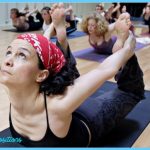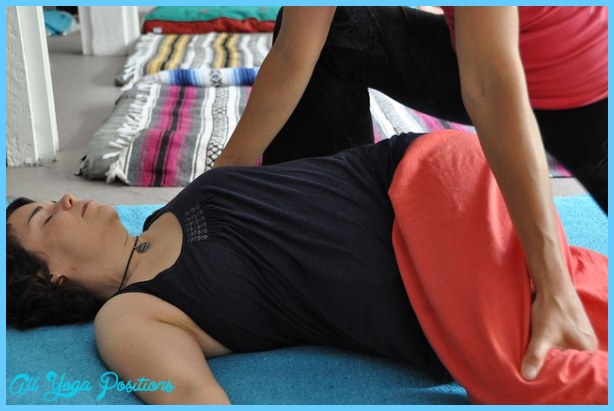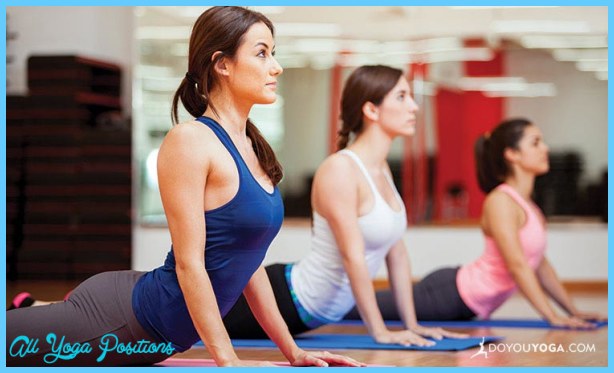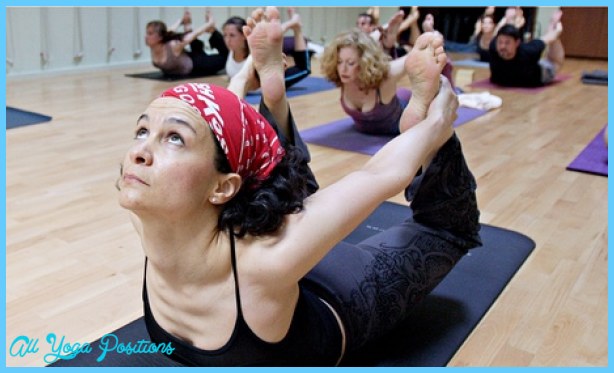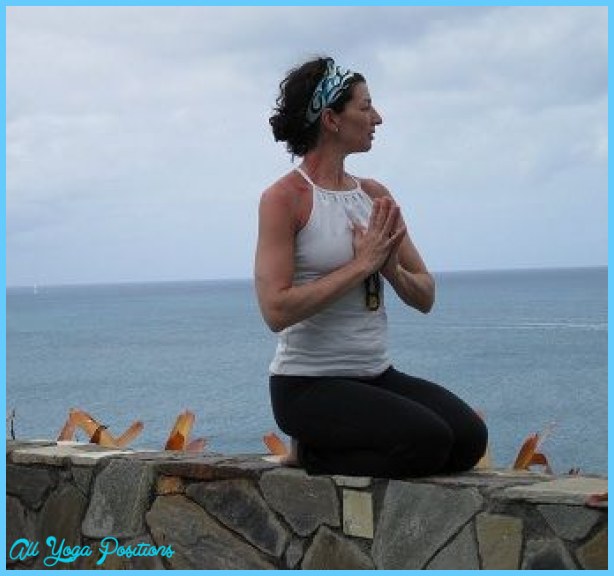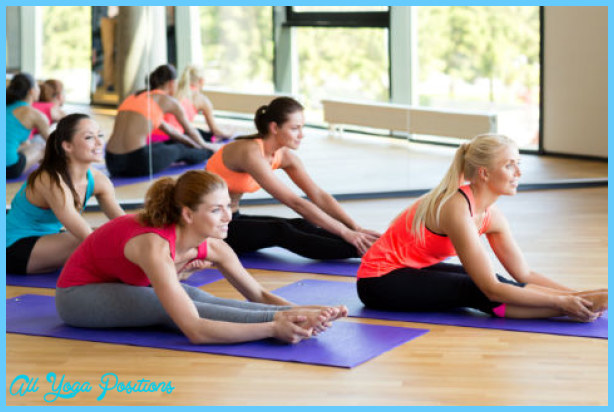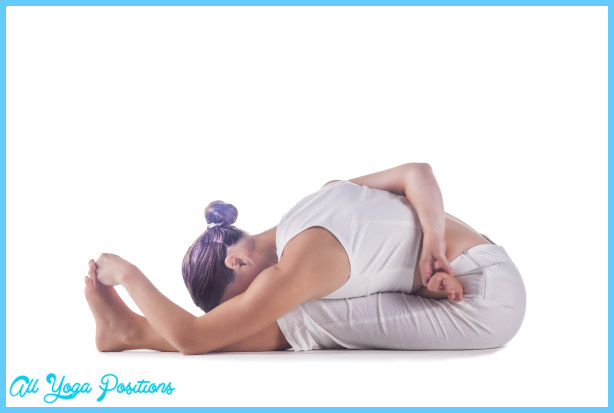Foremost, know your body. The teacher will demonstrate the postures and explain the movements. Watch and assimilate as much as you can. Be curious and don’t be afraid to ask questions in class. Yoga is like anything else that you try; the more persistent and consistent you are with your yoga classes, the more you will benefit. Ask if you are doing a posture correctly. Ask for clarification if you are unsure of the breathing technique.
If you are unfamiliar with relaxation techniques or meditation, questions may arise around these subjects. By all means, ask them. Too often, it appears that everyone in class relaxes and meditates without a glitch, except you. Your mind is occupied with what to prepare for dinner or with the movie you want to see. Is this normal? Share your experiences; you might be surprised to find that others have the same worries.
Always ask the teacher to clarify what you may
Set reasonable, personal goals. Do what you can and work at your own pace. Doing yoga should not be stressful; it is not the same as putting on your jogging shoes and taking a quick jog.
Be appreciative of corrections given by your teacher in class. Accept posture, alignment, and breathing corrections and advice from your instructor, and do not regard these as criticisms.
Be patient with yourself and your practice. Try not to become frustrated or give up at the first sign of difficulty or discomfort when you begin an asana or begin to meditate. Daily practice eases this discomfort.
Remember the quality of gratitude. The relationship between the students and teacher in yoga is special and it always has been. In keeping with this tradition, it is always a nice gesture to thank your teacher. Sometimes your teacher may conclude a class by clasping her palms together bringing her hands to her heart as an expression of gratitude for the class. This movement may be followed by the word namaste. Namaste loosely translates as an expression of thank you to the class.
Yoga teacher’s training courses vary. Some are short, intense training courses, others span over a couple of years. Most follow a specific master’s style of yoga. In a teacher’s training, one should expect to study the yoga sutras, yoga philosophy, anatomy, asana, physiology, pranayama, and meditation.
Tips for the Yoga Student in Class Photo Gallery
Maybe You Like Them Too
- Yoga for Pregnancy A Mindful Practice for a Healthy Mom and Baby
- The Yoga of Letting Go 7 Steps to Release What No Longer Serves You
- Yoga for Positive Body Image A Guide to Feeling Good in Your Skin
- The Spiritual Journey of Yoga A Guide to Connecting with Your Higher Self
- Yoga for Positive Affirmations Harness the Power of Mantras to Improve Your Mind, Body, and Spirit





